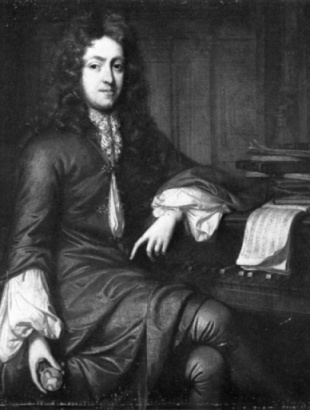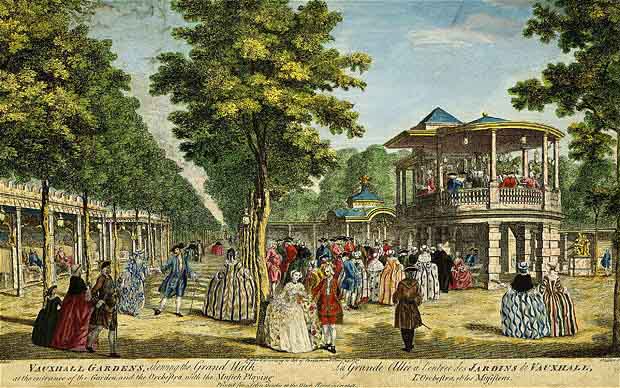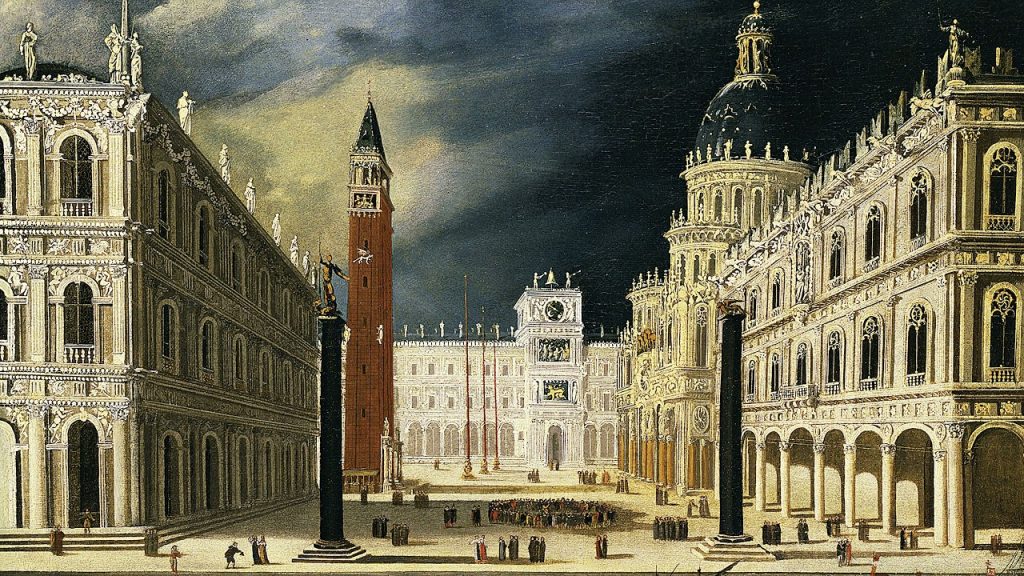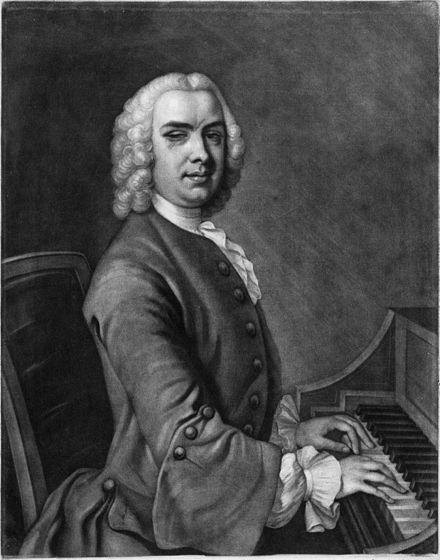Place holder
1. Love’s Longing
Cantatas and songs from the pen of Daniel Purcell

“…But for want of understanding of language, a great deal of [the Italian cantata’s] beauty is undiscovered by us.” – D. Purcell in his forward to his set of English cantatas.
Our “Love’s Longing” program focuses on Daniel Purcell (brother of the late Henry Purcell). His first set of cantatas – in fact some of the first “Italianate” cantatas in the English language – present baudy themes of Love and Drinking, as well as of Roman gods and godesses.
Not only an influential cantata composer, Daniel Purcell was a prolific supplier of theater songs – all of which demonstrate his talent for providing highly entertaining and beautiful vocal lines.
Weaving together these two facets of Purcell’s personality, our program is a glimpse to a facinating time before Handel. A period when England was discovering it’s own Baroque musical style and enjoying rather ‘earthly’ themes in their own language!
2. Secret Pain, Endless Love
1700 – out from the shadow of Herny Purcell.

London, 1695; the master muse Henry Purcell has died and it will be a further 15 years before Handel first arrives from mainland Europe. It also wasn’t until 1710 when the Academy of Ancient music was formed. However, what riches in the intervening years were composed? Is it true that between Purcell and Brittan there was an eclipse in English song composition?
The “Restoration Theatre” was well established and composers were as active as ever. Publishing flourished and a wider field of musicians were able to sing and play the newest music, some of which they heard by the “professionals” on stage.
This program provides a glimpse into this fascinating world. We take one publication from the year 1700 and offer a rich sampling of songs from composers like John Eccles and Henry’s brother Daniel Purcell. At times highly virtuosic and cantata-like, the songs here also touch on melancholy, heroism and of course the power of Amor.
3. Sacred Splendor
All’ ombra di Monteverdi
The dawn of the 17th century in northern Italy saw a sea change in musical style. The most radical changes are seen in the realm of secular music – madrigals, primarily. However, within the world of sacred music large changes were also afoot. What was unimaginable in the late 16th century was by the first decade of the 1600, quite avantgarde and heard in the convents and cathedrals of (among other places) Cremona and Venice.
When one thinks of this era of Cremona and Venice, the divine Monteverdi cannot escape thought. However, in Monteverdi’s shadow, a flourishing tradition matured. This program focuses not on Monteverdi but the incredible music that developed under the shadow of his fame.
It is from these important centers for sacred music, that we find the music of Lodovico Viadana and Giovanni Rigatti. This program presents Viadana’s Missa Domenicalis – a rare example of a solo mass setting – which was most likely composed during his time in Cremona. Here the art of monody, a solo vocal line supported by basso continuo, enters the rite of Catholic worship for the first time.
Where Viadana’s Missa Domenicalis is rather conservative in nature, the Psalm settings and Motets for solo voice by Antonio Rigatti represent the next generation of northern Italian composers. No longer is the vocal line bound as strictly to the bass instrument. Here the singer presents virtuosic melismas and expressive melodies. In this program we weave together the fully developed, florid style of the Venitian Rigatti with the Mass setting of Viadana to provide a window into ecclesiastical music of early 17th century Italy. A musical treat for the audience and performers alike.

4. Beyond Darkness
Cantatas and songs from London’s famous blind organist
Blind from a young age, John Stanley (1712-86) is best known for his sacred compositions and role as an esteemed organist, created a remarkable body of work that also includes secular cantatas and songs. Despite his loss of sight, Stanley’s musical vision was vast and profound, establishing him as a leading figure of the English Baroque period. His contributions to the sacred music of the Anglican Church are widely recognized, but his secular works offer a lesser-known yet equally compelling side to his artistic identity.
In this program, we explore a selection of Stanley’s secular cantatas and songs, works that display his mastery of melody, text setting, and dramatic expression. These compositions, although overshadowed by his sacred output, reveal a more intimate and lyrical side of the composer, blending Baroque stylistic elements with deeply personal expression.
Join us in celebrating the lesser-known secular side of John Stanley’s genius, and experience the beauty of his cantatas and songs, composed with the heart of a blind visionary and the soul of a true artist.

Please, contact us for more information about the programs and our availability. We would love to hear from you!